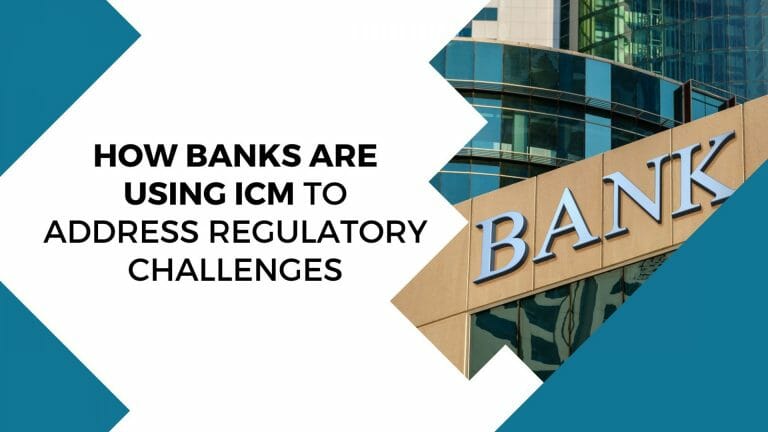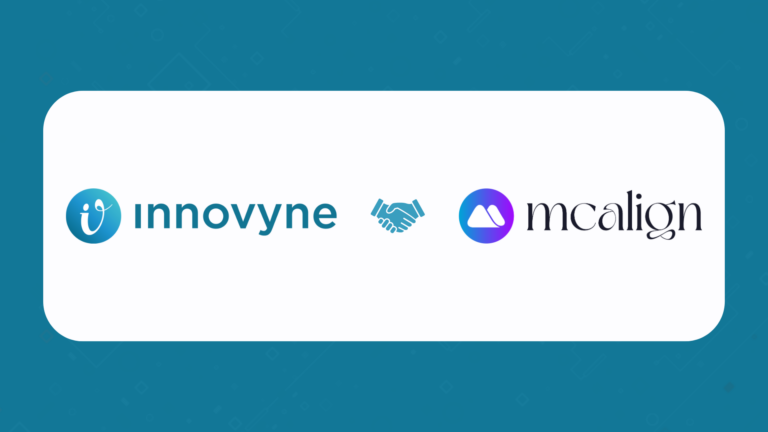The 2008 financial meltdown acted as the catalyst for the banking industry and regulators to revisit the risk mitigation measures and ensure that compensation incentives are aligned to objectives focused on stable growth and consumer protection.
In the recent years, the banking industry has seen a revolutionary phase characterized by increasing regulatory pressure, intense competition and continuous innovation. With compensation practices under scrutiny, the U.S. banking industry has been charged with complying with two regulatory policies in particular. The Dodd-Frank Wall Street Reform and Consumer Protection Act discourages excessive incentive compensation practices and prohibits behavior that puts the organization at risk. Secondly, the US Federal Reserve’s Guidance on Sound Incentive Compensation Policies outlines the requirement for financial institutions to adhere to risk-appropriate incentive policies supported by strong corporate governance and effective risk management.
The impact of both of these regulations has resulted in banks rethinking and in many cases, redesigning the fundamental structure of their large workforce. This is where Incentive Compensation Management (ICM) systems have made a great impact on many financial institutions worldwide. ICM solutions offer data-rich insights and transparency into compensation practices and models, automation of administrative tasks and more significantly, the ability to track, audit and report on compensation data down to the transactional level for regulatory compliance.
The following are the key areas where ICM systems make the greatest difference today:
Plan complexity, Compensation Accuracy & Transparency
With a large number of financial organizations still relying on spreadsheets to manage compensation plans, one of the greatest fears of compensation administrators is spreadsheet errors. Added layers of complexity and a large range of variables can make it much more difficult to manage compensation accurately and effectively. The biggest downside of compensation-related errors is that they play a major role in eroding employee trust, lowering employee motivation and decreasing productivity. When employees find it difficult to trust their compensation, the usual course of action results in shadow accounting causing a decrease in employee productivity and ultimately, a decrease in employee retention.
ICM systems are designed to accommodate high levels of plan complexity without compromising accuracy. At each step, organizations can trace each payout to the transactional level detail enhancing transparency and detail visibility. In addition to administrative visibility, powerful reporting and analytics functionality also provides the flexibility to grant employees visibility into the payout details such as commission calculation methods and transactions tied to each payout.
Built-in dispute resolution functionality promotes a rapid, healthy two-way exchange between the administration team and employees to address any questions or concerns in a timely fashion and retain employee trust. Moreover, compensation administrators are able to automate a majority of their tasks leading to efficiency gains in time and resources.
For example, an Innovyne banking client was able to leverage their ICM solution to reduce payout cycle time on selected plans from quarterly to monthly and realized a significant increase in their employee CSAT scores for compensation-related practices.
Regulatory Compliance
One of the key challenges that the banking industry faces on a consistent basis is how to address the ever-evolving regulatory mandates concerning employee compensation and incentives. With the Dodd Frank Wall Street Reform and Consumer Protection Act and the Federal Reserve Guidelines on Incentive Compensation, designing, managing and monitoring incentives according to the regulatory rules is now a critical practice for all financial organizations.
Strong ICM solutions provide the tools to track and rapidly generate audit reports that display the flow of dollars from individual transaction to the end payout. Moreover, any changes made to compensation plans, rules or models are captured so that all payout data can be tied to the appropriate actions, users and times. The high level of visibility and accountability offered by this functionality allow for a much smoother audit process and also aid in compliance readiness and quicker adoption of new rules such as ASC 606.
Plan Design, Administration & Costs
Designing, developing and executing effective plans while managing layers of complex rules and variables is a tall order for spreadsheets or in-house systems. Error-prone spreadsheets and intricate, IT-led in-house systems account for increased resource costs, administrator concerns regarding data accessibility and employee frustration caused by lack of data transparency.
ICM solutions solve these issues by an intent-driven functionality set to address plan design, plan maintenance and plan effectiveness. With state-of-the-art ICM systems, users can easily simulate and model plan changes before implementing them. Simulation becomes critical especially when existing plans are being tweaked to create and maintain the ideal incentives structure for different employee groups. Secondly, administrators have, at their fingertips, the ability to monitor and analyze plan data for effectiveness so that plans are optimized for efficiency and fairness across targeted personnel categories.
Moreover, leading solutions are designed to grant control back to the business user. Self-sufficient business users lead to significantly lower programming costs and empower responsive compensation administration teams that boost employee confidence and trust in payout data.
According to InnoVyne’s banking clients, self-sufficiency is the one of the primary reasons for clients to start their search for an ICM system.
“We were able to realize tremendous efficiency gains both in terms of time and resources. We used to have around 40 people managing compensation for our mortgage division. That team is now comprised of just 8 people and is much more effective” - says one of InnoVyne’s banking clients.
Conclusion
Banks have been increasingly adopting ICM solutions to manage employee compensation and performance, address regulatory mandates and adopt data-driven analytics for transparency and efficiency.
Find out how InnoVyne has helped U.S. Bank overcome compensation-related challenges by downloading the case study:
Learn more about how InnoVyne can help your financial institution address regulatory compliance concerns and incentive compensation challenges.



